It’s a chilly spring morning in Alberta. The dew is fresh on the grass, birds are calling, and somewhere in the underbrush, a tiny fawn waits, alone. Nearby, volunteers at Alberta’s Wildlife Rehab Centre prepare for the day, never knowing which orphaned animal will arrive next—maybe a bald eagle blown from its nest, or a baby beaver whose dam was swept away by floods. Every animal that crosses their threshold has a story, most beginning with heartbreak. Yet, what happens next is nothing short of extraordinary. At this unique centre, tragedy is never the end of the tale; it’s where hope takes root, and lives get a second chance.
The Unexpected Arrival: How Orphaned Wildlife Finds the Centre
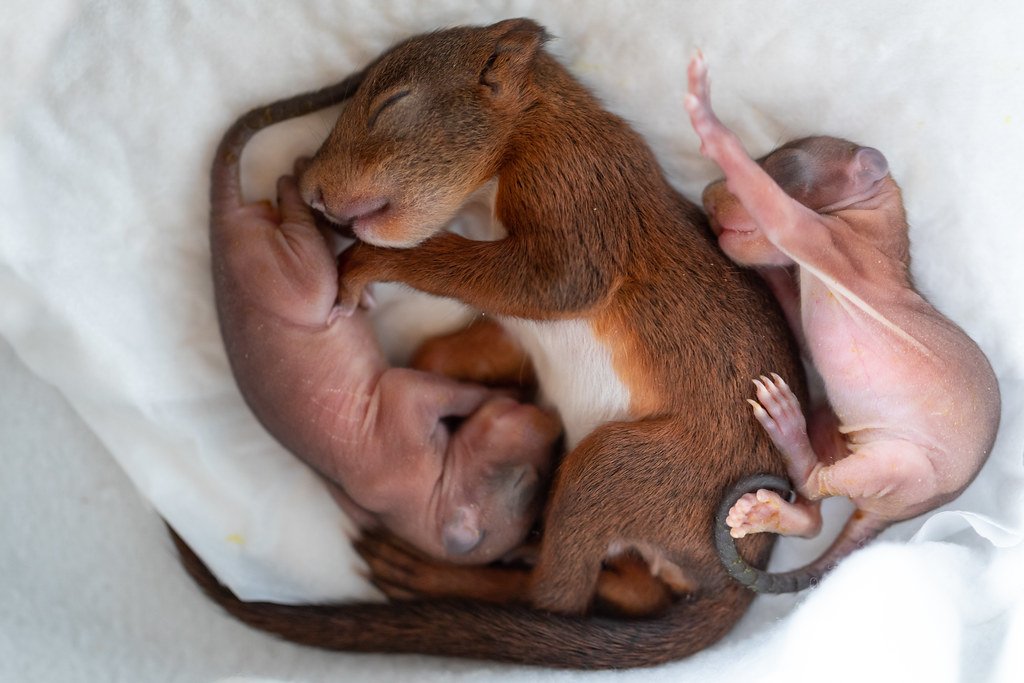
Orphaned animals often arrive at the centre through a mix of luck and compassion. Concerned hikers stumbling upon a shivering fox kit, farmers discovering a lone duckling, or motorists rescuing an owl after a roadside accident—these good Samaritans become the first link in the rescue chain. Sometimes, wildlife officials bring in creatures after mothers fall victim to predators or human activity. In spring and early summer, the phones ring constantly with reports of “abandoned” babies. Most aren’t truly orphaned, but when they are, the centre becomes their lifeline. Each intake is a race against time, as the youngest and most vulnerable require urgent, specialized care to survive. It’s a constant reminder that for every animal saved, countless others depend on watchful eyes and quick action.
First Response: Assessing the Newcomers
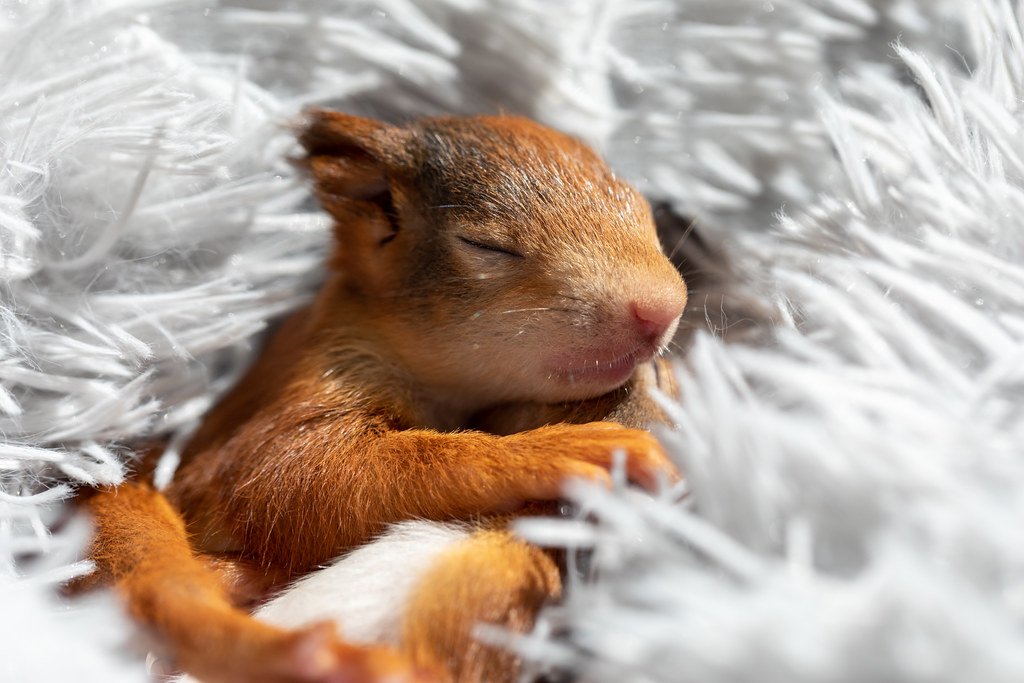
When a new orphan arrives, the centre’s staff springs into action, performing a thorough assessment. The animal’s age, species, and condition are quickly determined, often with the help of field guides and years of experience. Many arrive cold, dehydrated, or injured. The team checks for parasites, wounds, and signs of illness, using gentle hands and calming voices to minimize stress. Every moment counts, especially with tiny mammals and birds whose energy reserves fade fast. Specialized protocols ensure they receive the right fluids and nutrition immediately. This initial triage can mean the difference between life and death, setting the stage for a hopeful recovery. Every animal’s journey begins with these crucial first moments.
A Home Away from Home: Creating Species-Specific Environments

Each orphan is placed in an environment that mimics its natural habitat as closely as possible. Ducklings snuggle under feathered heat lamps, while fawns rest in quiet, grassy enclosures. Raptors perch in flight cages lined with soft branches. The centre’s staff carefully controls light, temperature, and humidity to reduce shock and support healing. Soft bedding, hiding places, and even “surrogate” stuffed animals provide comfort and stimulation. These thoughtful touches help minimize trauma and encourage normal behaviors. It’s as if the centre becomes a miniature wild world, designed to nurture each animal’s instincts until they’re ready to return to the real one.
The Science of Feeding: Nutrition for Survival and Growth

Feeding orphaned wildlife is both an art and a science. Different species require specific diets—a baby squirrel can’t eat what a duckling can. Nutritionists at the centre develop custom meal plans, often blending formulas to match the fat and protein content of natural milk. For some animals, like owlets, this means regurgitated mice; for others, like beavers, it’s tender willow shoots. Volunteers painstakingly feed the smallest mouths every few hours, day and night. It’s exhausting but deeply rewarding, as each full belly brings a little more strength and a little more hope. Proper nutrition is the cornerstone of every animal’s recovery.
Healing Hands: Medical Care and Rehabilitation
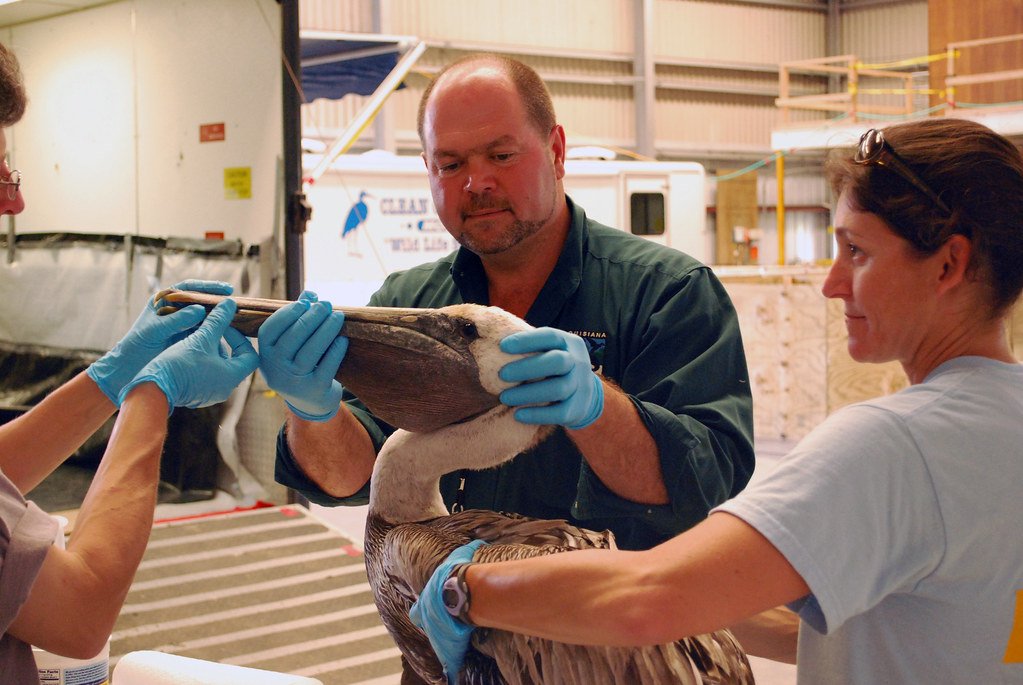
Wildlife orphans often arrive with injuries—broken wings, infected bites, or even frostbite. The centre’s veterinary team leaps into action, administering antibiotics, setting bones, or performing delicate surgeries when needed. Pain relief and careful wound management are crucial, especially for animals that mask their suffering by instinct. Rehabilitation is tailored for each case: an eagle’s wing is gently stretched and strengthened, while a fox may need therapy to regain its ability to hunt. The medical team’s work is a blend of skill, patience, and empathy, turning small victories into a pathway toward independence.
The Art of Not Getting Attached: Keeping Wildlife Wild

One of the greatest challenges at the centre is avoiding over-bonding with the animals. Staff and volunteers use minimal handling and avoid talking to or cuddling the orphans, no matter how cute or helpless they seem. Human imprinting can spell doom for wild animals, who must learn to fear people for their own safety. For some, like coyotes and raccoons, this means feeding through barriers or wearing disguises. It’s a tough emotional balance—caring deeply, yet stepping back. The centre’s philosophy is clear: the best goodbye is the one where the animal never looks back.
Socialization and Survival Skills

Orphans need more than food and shelter—they must also learn essential survival skills. The centre recreates natural challenges: bear cubs practice climbing and foraging, while ducklings are taught to swim and dive. Social animals are grouped with their own kind so they can mimic natural behaviors. Even solitary species are given opportunities to hone their instincts, like pouncing for food or hiding from “predators.” Staff often use creative enrichment—puzzle feeders, scent trails, and mock threats—to spark curiosity and prepare orphans for the wild. Every lesson is a step toward self-reliance.
The Power of Volunteers: Unsung Heroes
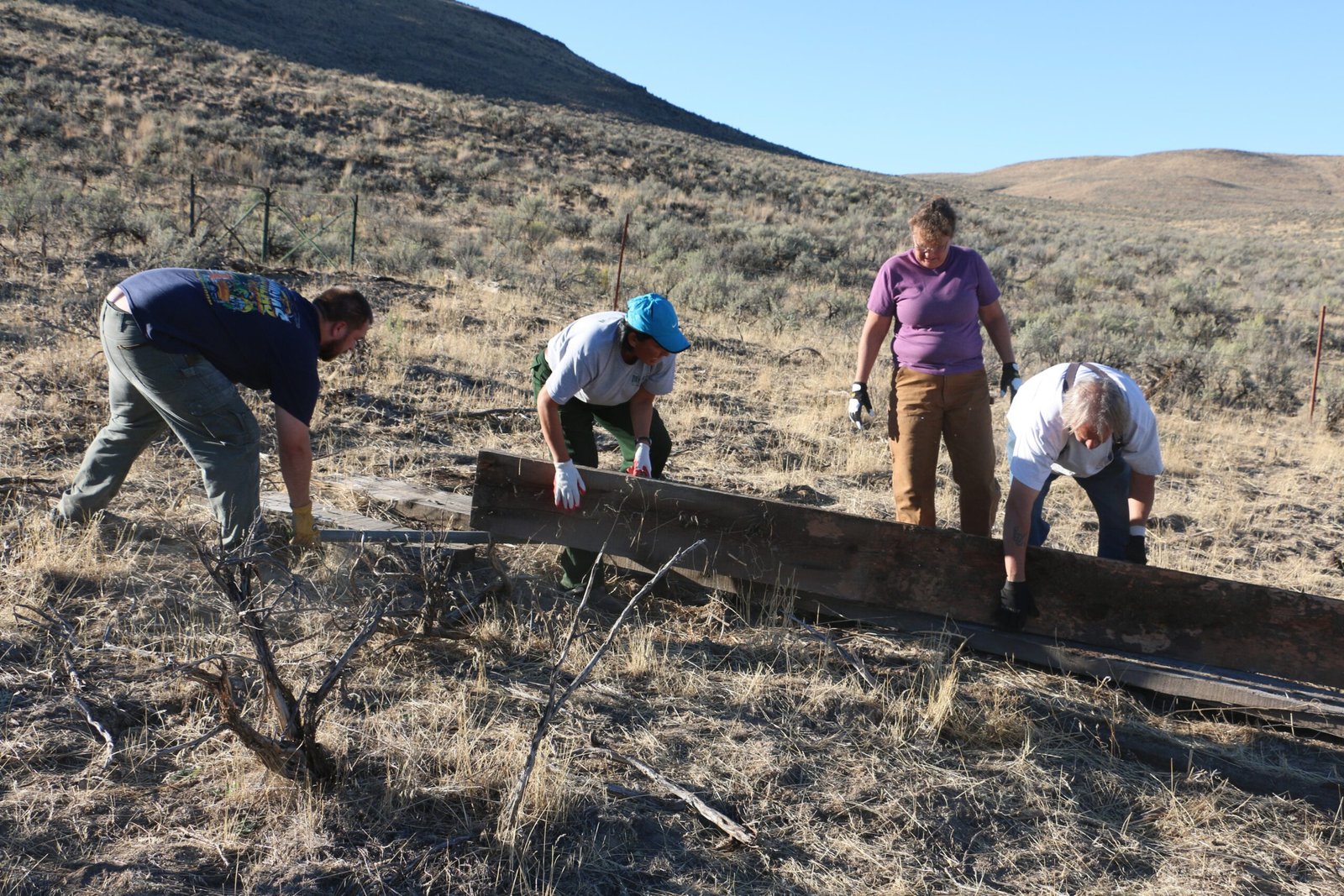
Volunteers are the lifeblood of Alberta’s Wildlife Rehab Centre. They come from all walks of life—teachers, retirees, students—and bring endless passion and patience. Some clean enclosures, others prepare meals or bottle-feed the tiniest babies through sleepless nights. Their dedication is contagious, creating a sense of community and purpose. Many cite the profound joy of seeing a once-frail orphan bound away to freedom as the best reward. Their efforts, often behind the scenes, make every rescue possible. It’s a powerful reminder that ordinary people can make an extraordinary difference.
Education and Outreach: Changing Minds, Saving Lives

The centre does more than rescue animals; it educates the public about coexisting with wildlife. Through school programs, tours, and social media, staff share stories of orphans to inspire empathy and understanding. They teach people how to recognize truly orphaned animals, what to do if they find one, and why “rescuing” isn’t always the answer. These efforts help prevent unnecessary separations and foster respect for wild creatures. By turning each rescue into a learning opportunity, the centre plants seeds of stewardship that may blossom for generations.
The Emotional Rollercoaster: Heartbreak and Hope

Working at the rehab centre is an emotional journey, full of highs and lows. Some animals arrive too injured or weak to survive, and every loss stings. Yet, moments of triumph—like a fox kit’s first steps after surgery or a hawk’s first successful hunt—bring overwhelming joy. The staff and volunteers lean on each other for support, sharing tears and laughter in equal measure. These experiences forge deep bonds and a fierce commitment to the cause. For many, the work becomes more than a job; it’s a calling, rooted in hope and resilience.
Release Day: When Hope Takes Flight

Release day is the goal everyone works toward. After weeks or months of care, the animals are evaluated for readiness—can they hunt, fly, swim, and fend for themselves? When the answer is yes, it’s time to say goodbye. Staff transport the orphans to carefully chosen sites, often where they were found, and open the cages. Sometimes, the animals bolt into the wild without a backward glance. Other times, they pause, as if sensing the gravity of the moment. These releases are bittersweet, but always triumphant—a powerful testament to the centre’s mission.
Tracking Success: Monitoring Animals After Release

The centre sometimes fits animals with lightweight tags or transmitters before release. This allows scientists to track their movements and survival, gathering vital data about the success of rehabilitation efforts. While not every animal can be monitored, each tracked case adds to the growing understanding of what helps or hinders their return to the wild. Some eagles soar hundreds of kilometers, while beavers rebuild dams within weeks. These stories fuel ongoing research and improve future rescues. It’s science in action, turning real-life cases into valuable knowledge.
Adapting to Change: Responding to Environmental Challenges

Alberta’s landscape is always changing, and the centre must adapt. Wildfires, floods, and droughts bring waves of new orphans, each crisis testing the limits of resources and creativity. Climate change has altered migration patterns and the timing of births, creating new challenges for care. The staff stays vigilant, updating protocols and expanding capacity when needed. They work closely with government agencies and other organizations to coordinate responses. This flexibility ensures that, no matter what nature throws at them, the centre stands ready to help.
The Human Impact: How Wildlife Orphans Change Us
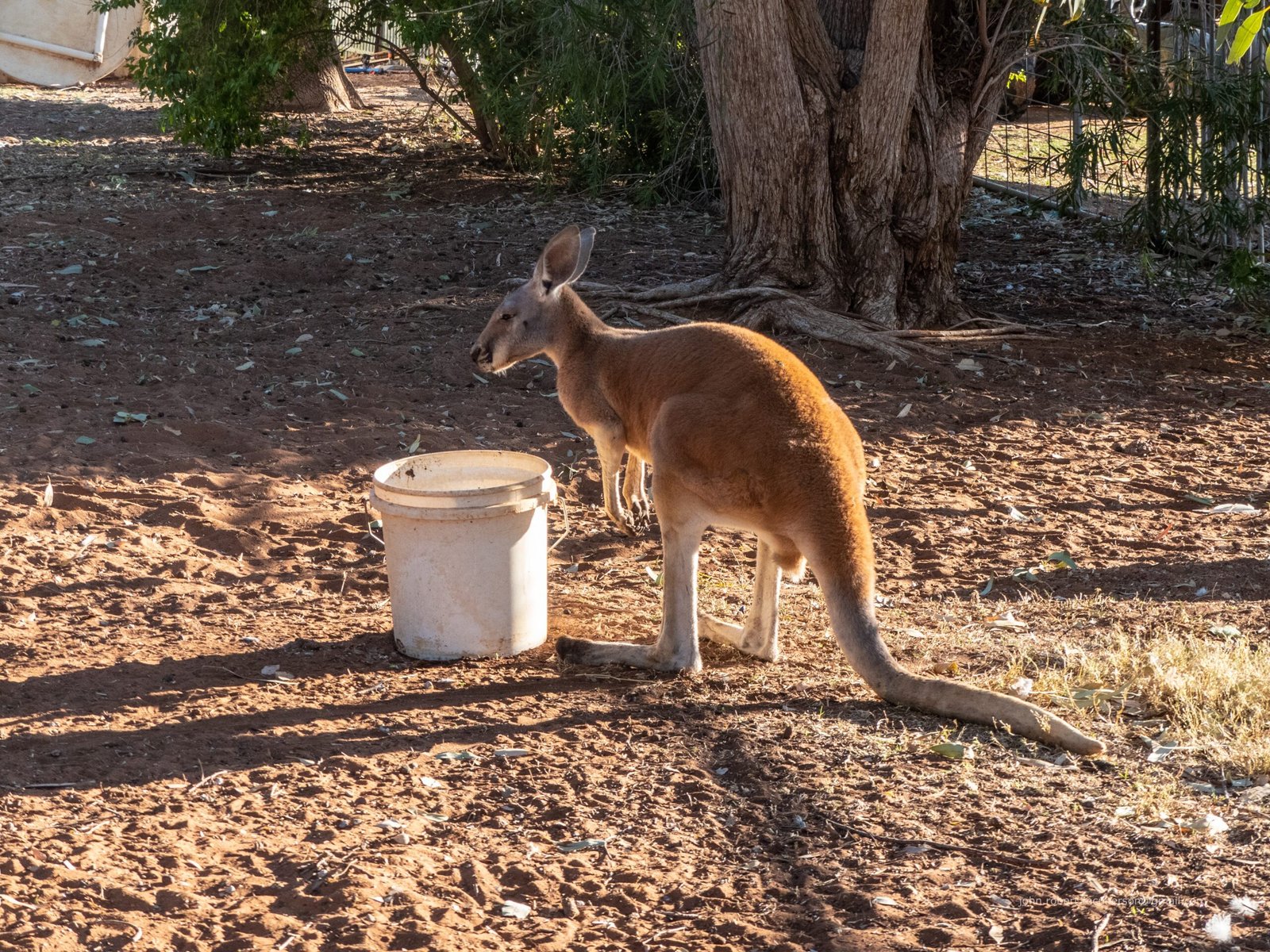
Caring for wildlife orphans leaves a mark on everyone involved. Volunteers and staff often describe a deepened sense of connection to the natural world. Witnessing resilience in the face of adversity inspires personal growth and a renewed appreciation for life’s fragility. Many carry these lessons into their communities, advocating for conservation and responsible stewardship. The animals, once symbols of tragedy, become ambassadors for hope, teaching us to value every life—no matter how small or wild.
Community Support: The Backbone of the Centre

The centre relies heavily on donations, grants, and community support to keep its doors open. Local businesses provide supplies, while schools and clubs organize fundraisers. Every dollar goes directly to food, medicine, and care. The public’s generosity is a constant reminder that the fate of orphaned wildlife is a shared responsibility. In return, the centre offers transparency and gratitude, inviting supporters to witness the impact of their contributions firsthand. It’s a partnership that transforms compassion into real-world change.
Looking Ahead: The Future of Wildlife Rehabilitation
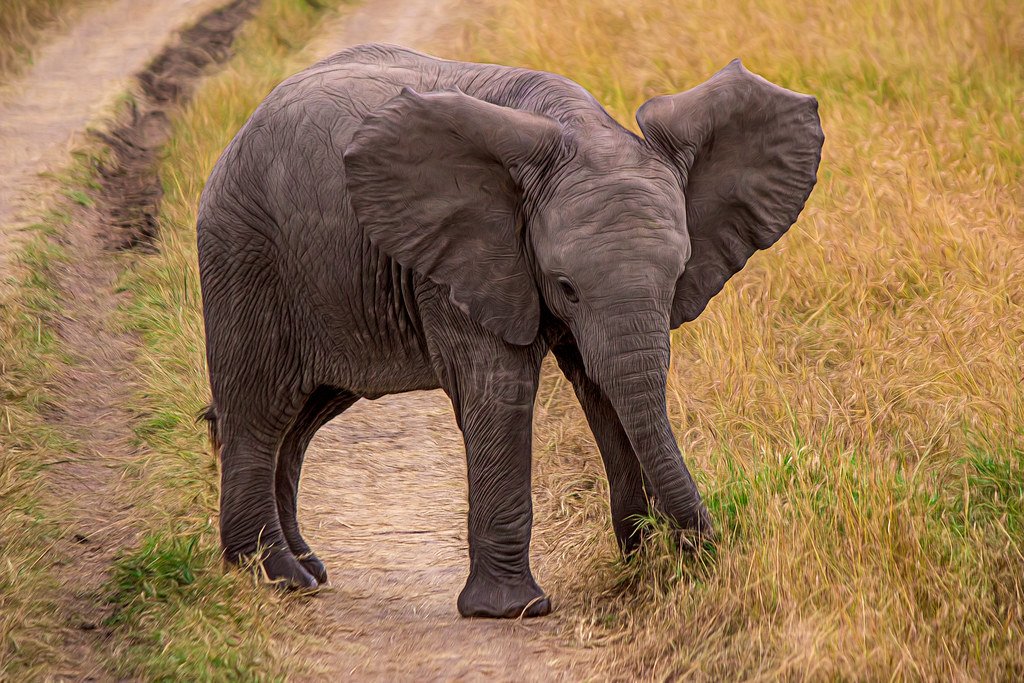
As Alberta grows and changes, so too does the work of wildlife rehabilitation. Advances in veterinary medicine, nutrition, and tracking technology promise even better outcomes for future orphans. The centre is exploring new ways to educate, connect, and inspire—reaching more people through digital platforms and community events. The ultimate goal remains the same: to heal, release, and protect as many wild lives as possible. With each orphan that returns to the wild, a new chapter of hope begins.
A Call to Action: How You Can Help

Everyone can play a role in turning wildlife tragedy into hope. Simple actions—driving carefully, securing trash, and keeping pets indoors—can prevent many orphan cases. Supporting local rehab centres through donations or volunteering multiplies their impact. Even spreading awareness and choosing to respect wild spaces makes a difference. The next time you spot a wild creature, remember the orphans whose stories began with loss but ended in freedom. What part will you play in the next rescue?




